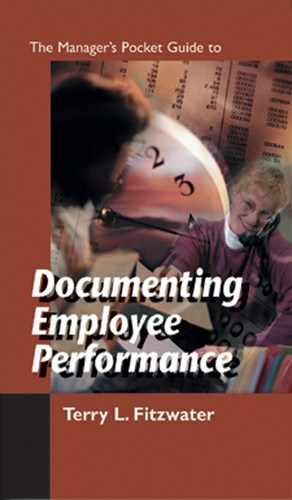This is a particularly difficult charge to deal with— and one that is a big issue in today’s workplace. I recommend that you investigate all claims of harassment, and that you do so in detail, following a standard procedure for investigation.
Types of Harassment
Generally, there are two types: quid pro quo and hostile environment. The first is translatable as “this for that” or “something for something,” and usually, in its most negative context, it has a sexual connotation. Examples: “Go out on a date with me, and I’ll see to it you get a raise,” and “Sleep with me, and I’ll see to it you’re promoted.” Comments such as this are extremely serious and must not be taken lightly.
The second type, hostile environment, is not as cut-and-dried. Here a supervisor (or an employee) is charged by an employee with having created an environment that is so intolerable the employee cannot work. Both this and quid pro quo normally require some investigative work.
Suggested Investigative Procedure
The following is a sound approach to the investigation of this offense. It is key to interview anyone identified as the harasser or as a witness to the incident. It is also important to interview any employee identified as a victim of the same conduct.
Investigative Procedure
___________________
• Assign investigative team.
• Separately interview the charging employee, the alleged harasser, and all witnesses.
• Examine all data.
• Determine whether company policy has been violated.
• Decide on corrective action.
• Communicate the decision to the parties involved, that is, the charging party and the alleged harasser.
• Follow up to ensure the harassment is stopped, or discharge the harasser.
Note that harassment, like fighting, is an offense where termination can be upheld on a first-time basis. It depends on the extent, frequency, and nature of the harassment.
The flow chart on page 142 highlights the three questions of prime importance: Is the issue harassment? Does it require further investigation? Is the claim substantiated?
When interviewing the charging party, always offer the use of an employee assistance program (EAP). Also, provide a copy of the company’s harassment prevention policy. This helps to establish a “good faith” effort on the part of the company. Questions to ask the employee during your interview include:
• Who harassed you?
• Were there any witnesses?
• Why do you feel you were harassed? Please provide specifics.
• Has it happened before? When?
• Where did it take place?
• What was your reaction to the harassment?
Be sure to note the answers to these questions, and, of couse, always follow them up with appropriate action.
FIGURE 5. Harassment Investigation Procedure

